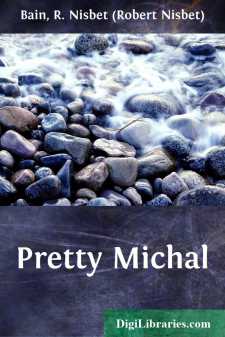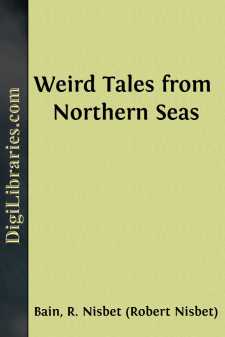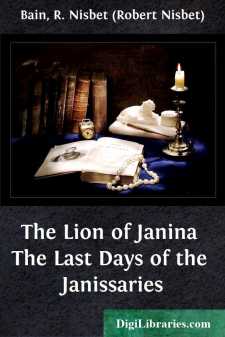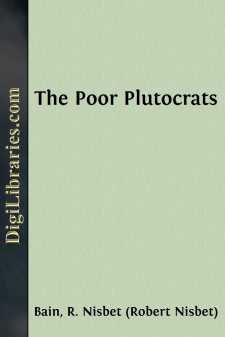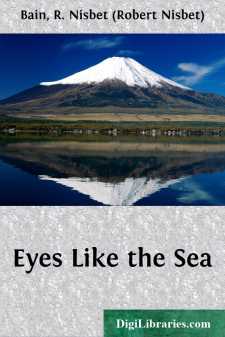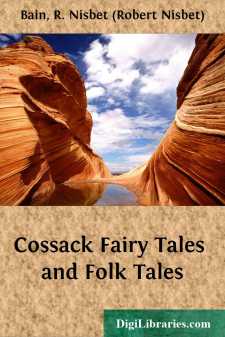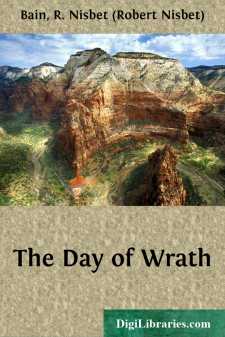Categories
- Antiques & Collectibles 13
- Architecture 36
- Art 48
- Bibles 22
- Biography & Autobiography 813
- Body, Mind & Spirit 142
- Business & Economics 28
- Children's Books 13
- Children's Fiction 10
- Computers 4
- Cooking 94
- Crafts & Hobbies 4
- Drama 346
- Education 46
- Family & Relationships 57
- Fiction 11828
- Games 19
- Gardening 17
- Health & Fitness 34
- History 1377
- House & Home 1
- Humor 147
- Juvenile Fiction 1873
- Juvenile Nonfiction 202
- Language Arts & Disciplines 88
- Law 16
- Literary Collections 686
- Literary Criticism 179
- Mathematics 13
- Medical 41
- Music 40
- Nature 179
- Non-Classifiable 1768
- Performing Arts 7
- Periodicals 1453
- Philosophy 64
- Photography 2
- Poetry 896
- Political Science 203
- Psychology 42
- Reference 154
- Religion 513
- Science 126
- Self-Help 84
- Social Science 81
- Sports & Recreation 34
- Study Aids 3
- Technology & Engineering 59
- Transportation 23
- Travel 463
- True Crime 29
R. Nisbet (Robert Nisbet) Bain
Robert Nisbet Bain (1854-1909) was a British historian, linguist, and author, renowned for his expertise in Hungarian, Scandinavian, and Slavic literature. He worked at the British Museum and translated numerous literary works from Eastern European languages into English, significantly contributing to the introduction of these cultures to the English-speaking world. Bain's notable works include translations of fairy tales and folklore, as well as historical studies such as "The First Romanovs" and "Slavonic Europe."
Author's Books:
Sort by:
CHAPTER I. Wherein is shown how sagely the Rev. Master Fröhlich brought up his motherless daughter, pretty Michal. In the days when the Turkish Sultan ruled in Hungary as far as Ersekujvar and Eger, the German Kaiser from Eger to the Zips country, and George Rakoczy, Prince of Transylvania, from Zips to the Szeklerland—all three of whom were perpetually fighting among themselves, sometimes two...
more...
THE FISHERMAN AND THE DRAUG On Kvalholm, down in Helgeland, dwelt a poor fisherman, Elias by name, with his wife Karen, who had been in service at the parson's over at Alstad. They had built them a hut here, and he used to go out fishing by the day about the Lofotens. There could be very little doubt that the lonely Kvalholm was haunted. Whenever her husband was away, Karen heard all manner of...
more...
CHAPTER I. AN ODDITY, 1822. It is nasty, dirty weather outside there on the puszta; the sky is cloudy, the earth muddy, the rain has been falling for two weeks incessantly, as if by special command. There are inundations and submersions everywhere; rushes are growing instead of wheat, the stork is ploughing, the duck is fishing all over the precious sea-like expanse. "This judgment weather began on...
more...
CHAPTER ITHE CAVERNS OF SELEUCIA A savage, barren, inhospitable region lies before us, the cavernous valley of Seleucia—a veritable home for an anchorite, for there is nothing therein to remind one of the living world; the whole district resembles a vast ruined tomb, with its base overgrown by green weeds. Here is everything which begets gloom—the blackest religious fanaticism, the darkest...
more...
CHAPTER I BOREDOM "Was it you who yawned so, Clementina?" Nobody answered. The questioner was an old gentleman in his eightieth year or so, dressed in a splendid flowered silk Kaftan, with a woollen night-cap on his head, warm cotton stockings on his feet, and diamond, turquoise, and ruby rings on his fingers. He was reclining on an atlas ottoman, his face was as wooden as a mummy's, a...
more...
PREFACE The pessimistic tone of Continental fiction, and its pronounced preference for minute and morbid analysis, are quite revolutionizing the modern novel. Fiction is ceasing to be a branch of art, and fast becoming, instead, a branch of science. The aim of the novelist, apparently, is to lecture instead of to amuse his readers. Plot, incident, and description are being sacrificed more and more to...
more...
INTRODUCTION TO THEFIRST EDITION The favourable reception given to my volume of Russian Fairy Tales has encouraged me to follow it up with a sister volume of stories selected from another Slavonic dialect extraordinarily rich in folk-tales––I mean Ruthenian, the language of the Cossacks. Ruthenian is a language intermediate between Russian and Polish, but quite independent of both. Its territory...
more...
CHAPTER I. THE BIRD OF ILL-OMEN. Whoever has traversed the long single street of Hétfalu will have noticed three houses whose exterior plainly shows that nobody dwells in them. The first of these three houses is outside the village on a great green hill, round which the herds of the village peacefully crop the pasture. Only now and then does one or other of these quiet beasts start back when it...
more...


